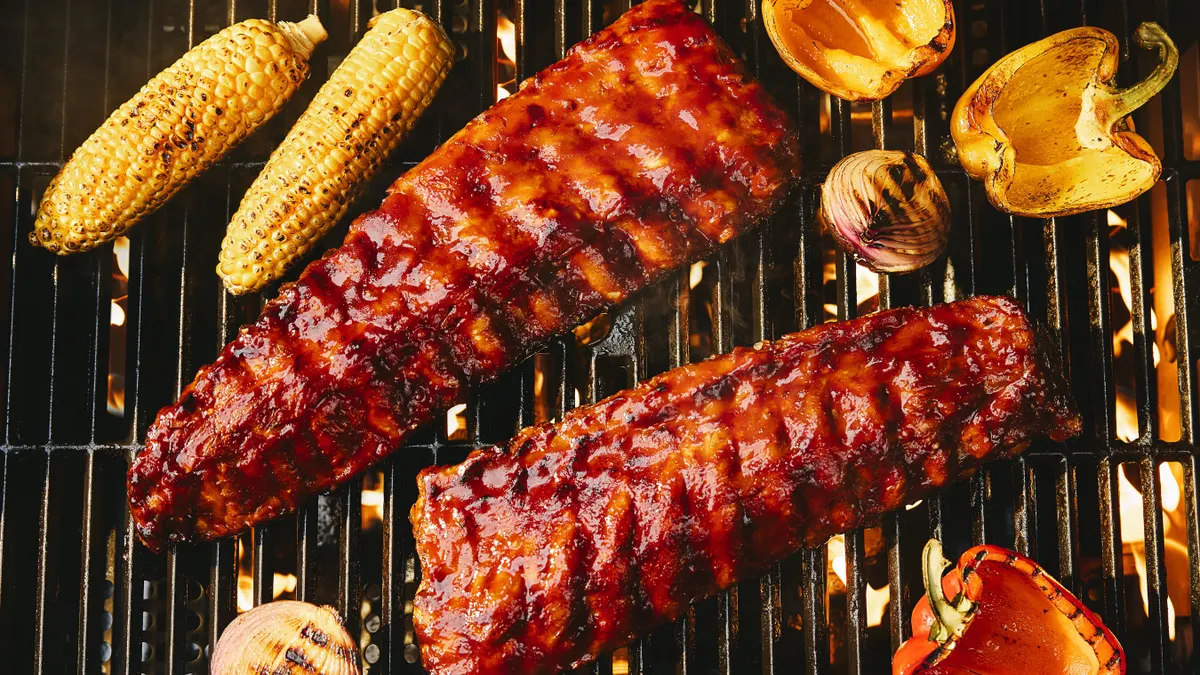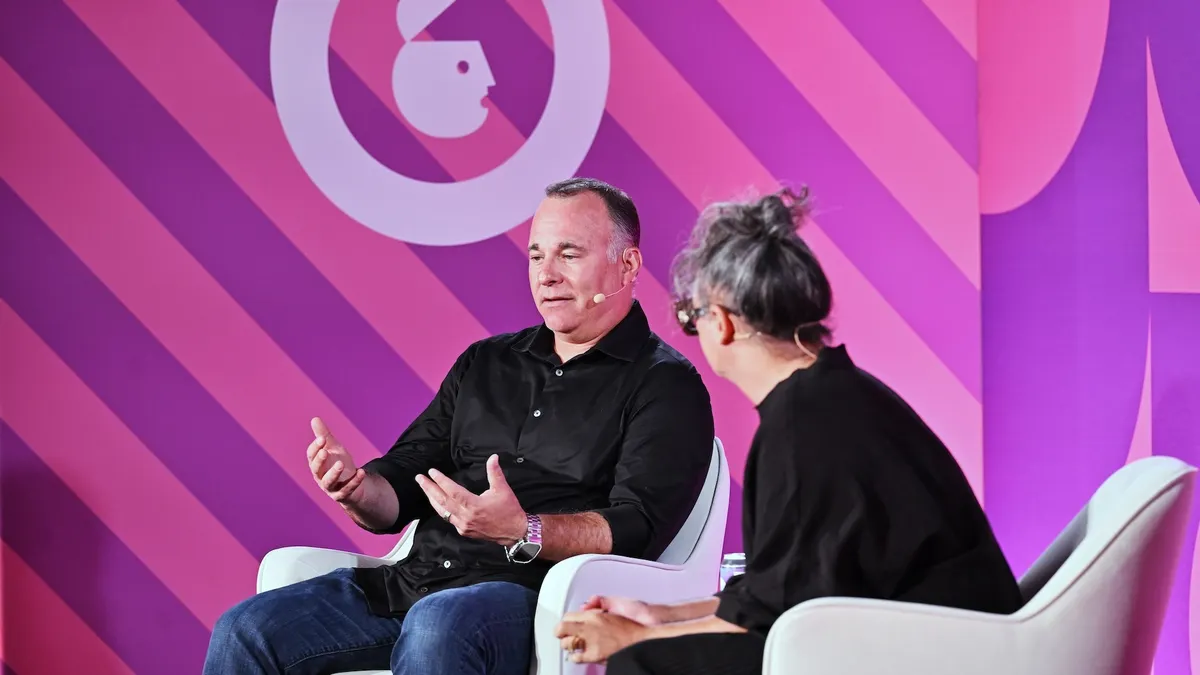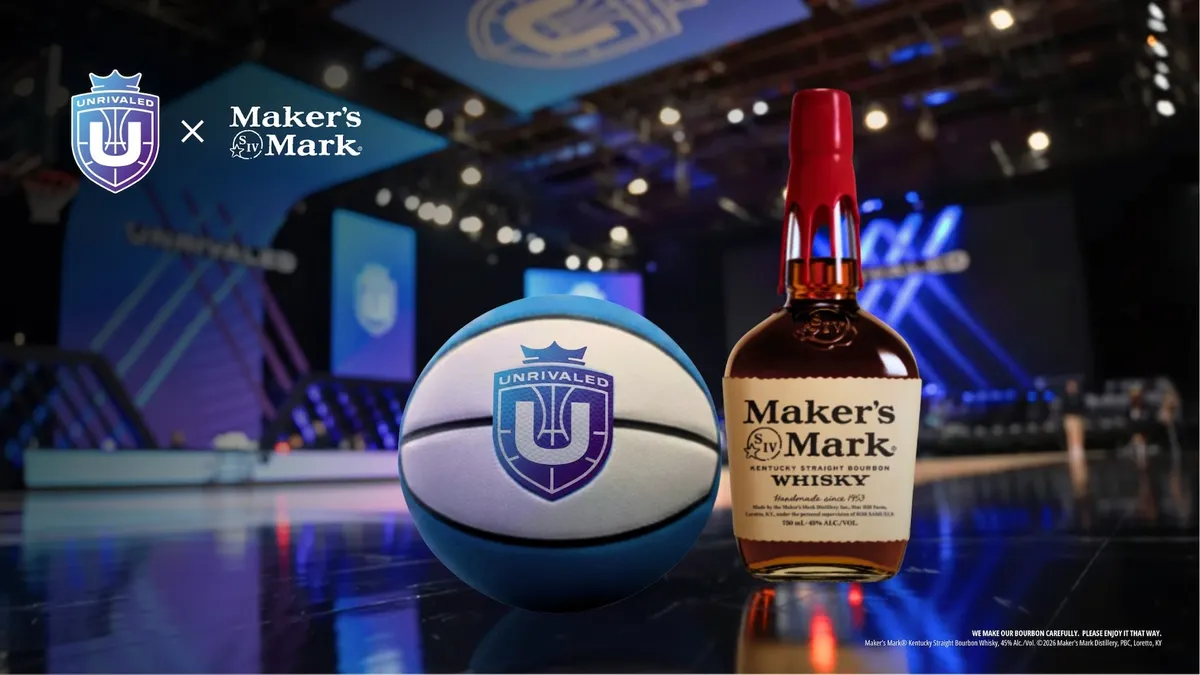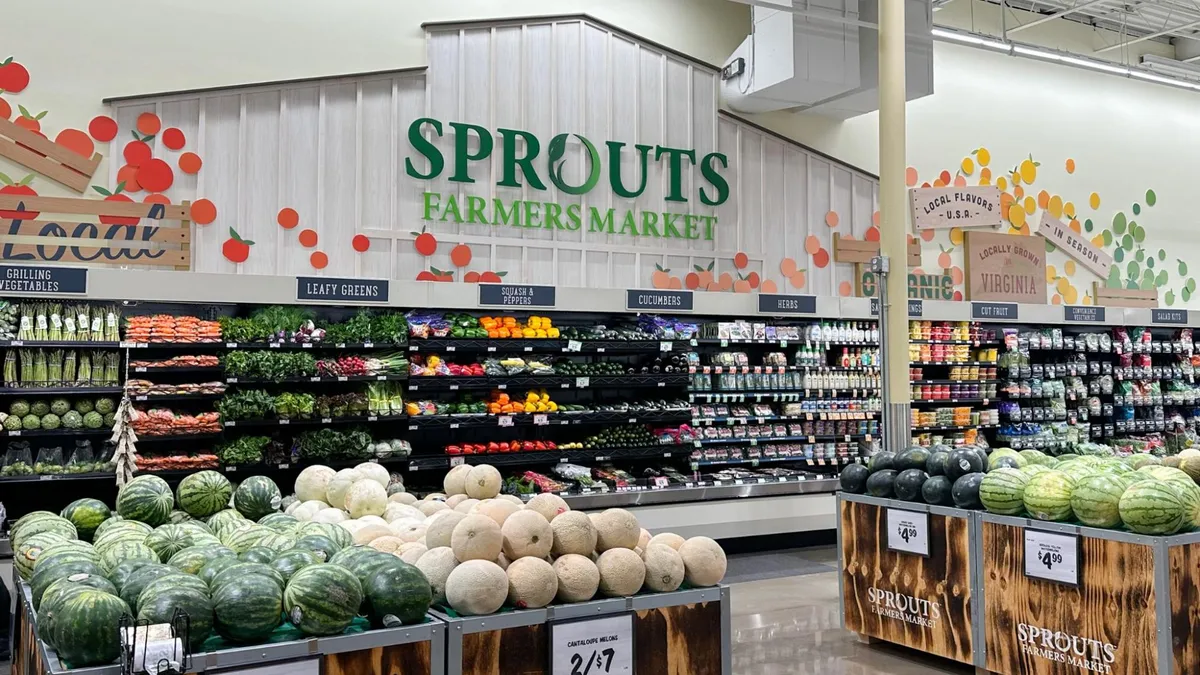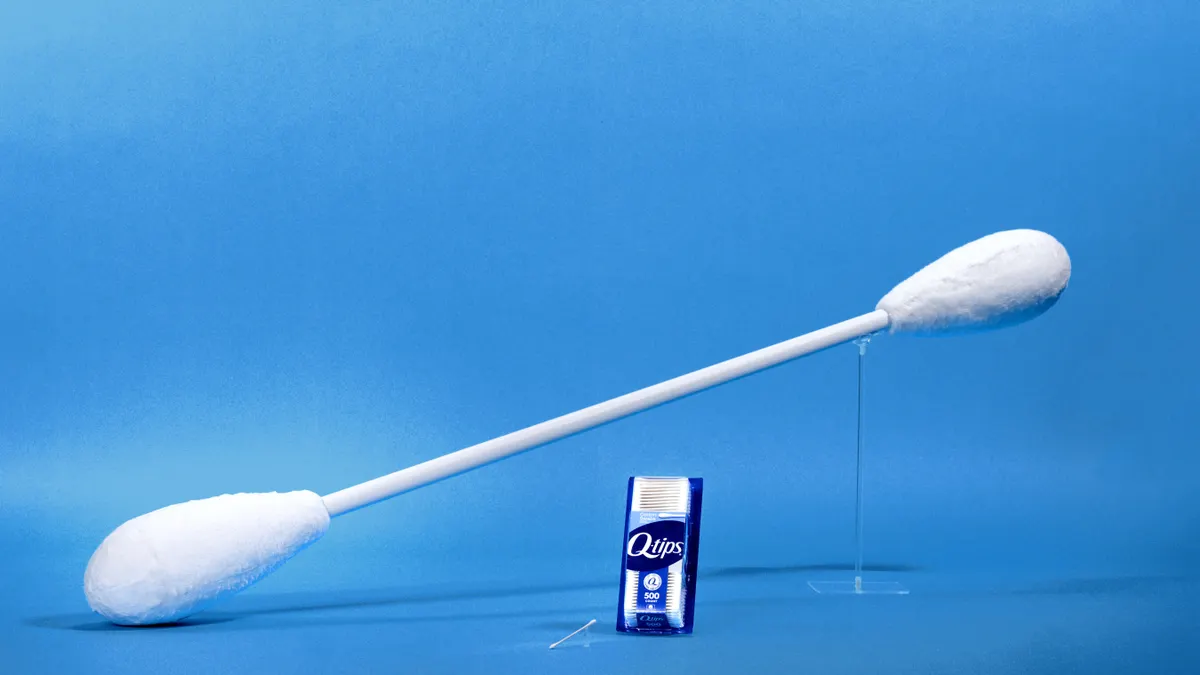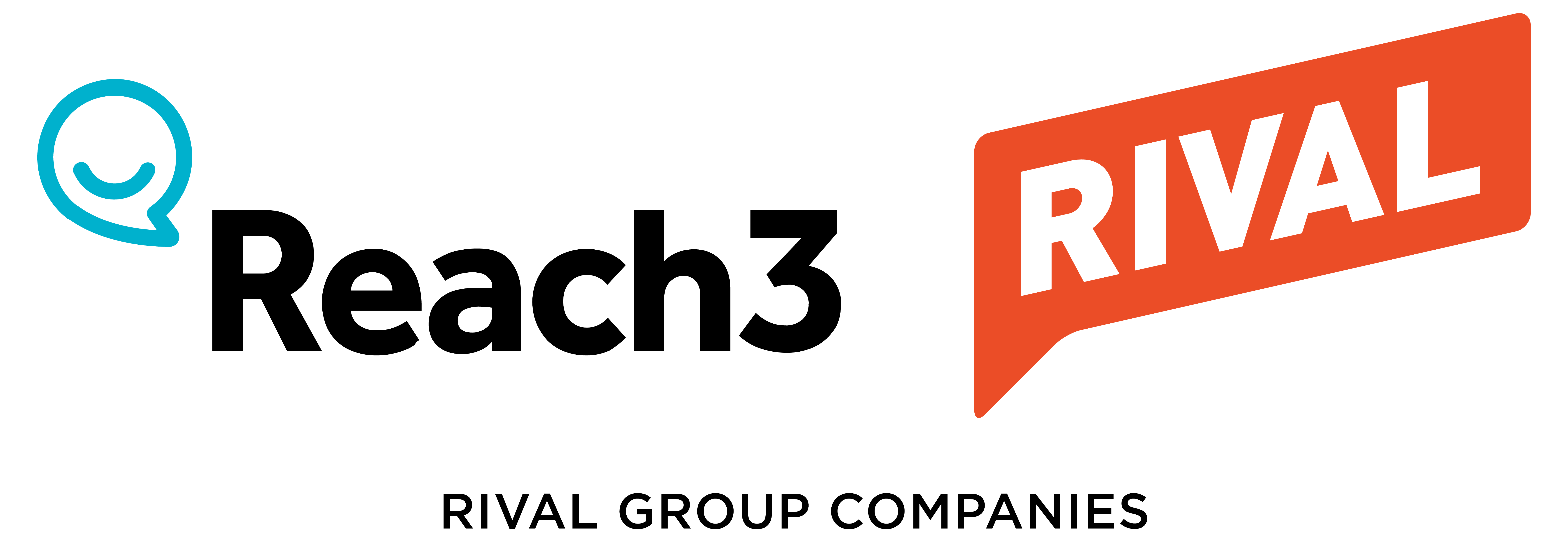Nostalgia is running rampant in marketing, with myriad brands resurrecting old ads, taglines and mascots to build emotional resonance. What happens when an organization wants to do the opposite of nostalgia bait: make consumers forget its most-recognized slogan in favor of something fresher and more relevant? The National Pork Board was recently faced with such a challenge, and its journey to repositioning pig protein carries larger lessons for how legacy brands are adapting to the digital age.
The National Pork Board, which promotes pork consumption on behalf of 65,000 U.S. farmers, is perhaps best known for a campaign billing pork as “The Other White Meat,” meaning a dependable alternative to poultry. The slogan, which debuted in 1987, is part of a rich tradition of advertising that has helped in-the-weeds agricultural groups break through to mainstream pop culture (along similar lines: “Got Milk?”). But for the National Pork Board, “The Other White Meat” created associations that proved burdensome in the long run. Two key problems: 1.) The campaign depicts pork as a secondary choice and 2.) pork, in most cases, shouldn’t really be white.
“The reality is you don’t want pork to be white when you select it and you don’t want it to be white when you cook it,” said David Newman, the CEO at the National Pork Board, who was recently elevated from his role as senior vice president of market growth.
While the National Pork Board tried out other campaigns after “The Other White Meat,” the phrase is the one that stuck in the popular imagination. Its lingering quality was not helped by the National Pork Board effectively going silent on large-scale national marketing for the last decade-plus, when the shift to social media and digital took hold.
The quiet period ended this year with the launch of “Taste What Pork Can Do,” a revamp effort featuring cinematic ads, social content and influencer activations — all aimed at winning over Gen Z and millennial consumers who have expressed strong preference for foodie culture and content. A key step to cracking into these media channels and audiences was identifying the right agency to provide support along the way.
“What was really important to us was that we found a partner, from an agency standpoint, who could help us understand a digital strategy,” said Newman. “We know that if you’re going to get to mainstream consumer and — more importantly for us, in our segmentation — if you’re going to get to millennials and Gen Zs, you’re going to do it through a digital approach.”
Enacting an overhaul
Following years of research and an RFP, the National Pork Board last fall selected independent agency BarkleyOKRP to spearhead its new campaign, which came with a core directive: Take the enduring love for certain pork offerings — there are few foods more slavered-over on the internet than bacon — and spread that sentiment around the whole category to include items like pork chops and pork loin.
“How do you introduce a whole generation to this protein category? Our whole angle was, well, they already love it, actually, they just don’t think about it,” said Katy Hornaday, CEO at BarkleyOKRP.
To capture a mouth-watering look, BarkleyOKRP borrowed a page from publishers that have blown up in popularity due to their social presences, including Bon Appétit. “Taste What Pork Can Do” debuted in May with a multichannel push featuring online video, branded print, website and social elements, and a one-day dining bus tour of Manhattan led by a top culinary influencer, Joshua Weissman.
During the “New Pork City” experience, Weissman, who has over 2.3 million Instagram followers, served up fare showcasing pork’s versatility, like caviar-adorned hot dogs, bao buns and maple-bacon bread pudding. Those types of local activations can be used as “content machines” for digital and social, per Hornaday. About half of the total campaign budget went to paid media.
“We’ve tried really hard to maximize that social space,” said Hornaday. “It's been about fueling those spaces where we all think about what we’re going to cook next.”
BarkleyOKRP is fully integrated on the account, meaning it handles both creative and media for the National Pork Board. Ads and content are timed to connect with consumers during peak meal-planning times, furthering the goal of making the once-dormant National Pork Board feel like an “alive brand,” Hornaday said.
“You’re engaged in real places and in real cities and doing things that are happening here and now. It shifts the way that a brand can feel,” said Hornaday.
Measuring success
Breathing fresh life into the National Pork Board’s marketing differs from overhauling traditional consumer brands. The program, which is sponsored by the USDA’s Agricultural Marketing Service, has no conventional competitors and is largely accountable to farmers, who contribute a small amount of money for every $100 worth of hogs sold as part of a national checkoff. Asking penny-wise farmers to put their dollars behind a glitzy marketing blitz can be a tall ask, according to Newman, who emphasizes that long-term growth requires long-term investment in brand — an argument many CMOs struggle to make regardless of their industry.
“Imagine that you walk in the door and you tell a farmer that you need to spend $10 million on digital media in order to make an impact to sell the product they make,” said Newman. “You’ve got to be a pretty good salesperson to make that pitch and make it believable. At the end of the day, what they say is: Prove it to me.”
The National Pork Board’s intelligence team and BarkleyOKRP closely collaborate to track metrics including household penetration, repeat purchases and awareness, including through a measure called the Pork Power Index. The board in 2024 also formed a Marketing Advisory Group made up of producers, states and CMOs from meat brands to ensure that campaigns around pork support messaging that underscores qualities like taste and flavor, nutritional value and convenience.
So far, the results from “Taste What Pork Can Do” are positive. In June, pork sales were up 26% year over year and the protein segment is tracking to have one of its best Octobers to date based on demand and producer profitability, Newman said. October is National Pork Month, an occasion that tries to account for the comedown from summer grilling season by capitalizing on events like Oktoberfest.
Additionally, the campaign has coincided with larger consumer trends benefitting meat products. For one thing, protein is a powerhouse in food and beverage at the moment (one example of how far its tendrils have extended: Starbucks’ recent introduction of protein-enriched coffees). Mania for all things protein-packed aligns with both the Make America Healthy Again movement, which is pushing more consumers toward unprocessed meats, and the GLP-1 bonanza, where users of the weight-loss drugs are seeking nutrient-dense foods to prevent muscle loss.
“Let me just say this as bluntly as you can say it: Protein is having a moment,” said Newman. “The carnivore movement is alive and well, and I’m not talking about one specific diet.”
Staying the course
On the flip side, macroeconomic volatility is spooking some brands while more consumers are citing the grocery store as one of the biggest pressures on their wallets. The National Pork Board is not tapping the brakes on its renewed marketing drive despite the uncertainty stirred up factors like tariffs. Newman views brand building as arguably more important to prioritize in a down market and recognizes that the fight to engage young groups like Gen Z is an existential one.
“The generation that has carried the meat business, in general, and especially the pork business, has been the baby boomer generation,” said Newman. “Many of our former campaigns were almost exclusively focused on the boomers. The reality is, you’re going to come to an end there.”
While “Taste What Pork Can Do” has been developed to cater to the Gen Z-millennial set, the process of getting the campaign off the ground has attuned the National Pork Board to a level of flexibility it may need to again employ as future generations, including Gen Alpha, mature into greater purchasing power.
“This is like turning an aircraft carrier with a canoe paddle, but we’re making a difference,” said Newman. “So now, we stay the course and we keep adapting as we move forward.”


